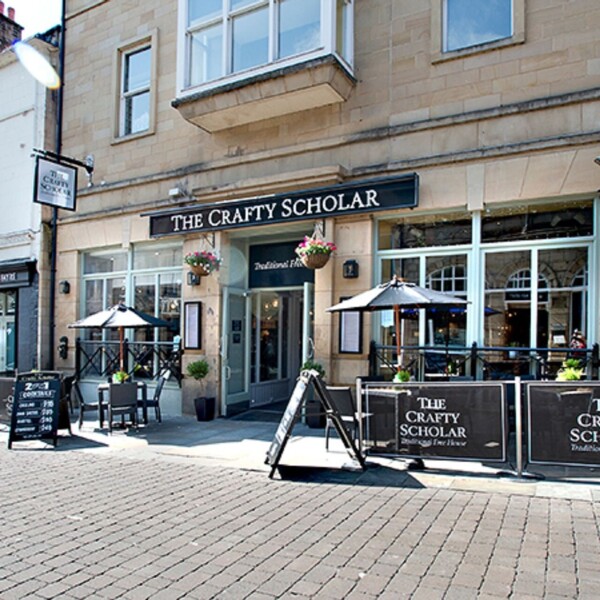
Horse & Farrier
Lancaster, Lancashire, LA1This little pub resolutely remains an ordinary local catering mainly to its regulars. Music Friday, Saturday and Sunday.
Thinking about moving to Lancaster? Discover why it's a great place to live, fun things to do here, what the local schools and transport connections are like - and of course the most important thing of all: how much houses cost to buy.
Lancaster strikes a balance of being steeped in rich history while providing modern entertainment options, making living in Lancaster a unique experience. Its proximity to the countryside provides those living in Lancaster with an escape from city life, whilst still benefitting from city amenities. The city boasts top-rate schools and one of the nation's best universities, which combine with the variety of family days out, entertainment options, and cycle ways to make Lancaster an appealing place to call home. Transport in Lancaster is incomparable, with convenient access to the M6 and a major train line that can get you into London in only 2.5 hours.
Lancaster is famous for its rich history that can be tracked back to William the Conqueror's times. Its most iconic landmark, Lancaster Castle, is a remnant of these times, with connections to Queen Elizabeth I, adding another layer to its historical appeal. The city's Georgian architecture is another testament to its rich past. Another significant landmark is the Ashton Memorial, a Grade I listed building that dominates the city's skyline.
For those who are considering moving to Lancaster or simply visiting, there are a plethora of activities to take part in. The Lancaster Castle, an iconic historical site, attracts tourists from the world over, while the Trough of Bowland provides a tranquil escapade for nature lovers. The city's Lancaster Canal is another gem, offering serene sights. For those desiring to imbibe some local flavours, the Lancaster Brewery conducts tours. Lancaster boasts multiple museums, including the Lancaster City Museum and the Maritime Museum, which provide enriching experiences. The cultural scene is brought to life at The Grand Theatre, and another part of the city's charm lies in its religious architecture, with sights such as the Lancaster Priory Church and Lancaster Cathedral.
We have used a bespoke generative AI model to help us research and create our area guides. All of our content is reviewed, and edited where needed, by our trusted team of Zoopla content editors.
We update our average asking prices every day using data from millions of properties for sale.
Whether you're looking to buy a family home or a beautiful apartment, we've got you covered.
Offers in region of
£144,950
Offers in region of
£250,000
Find the nearest train stations and other transport links in Lancaster.
Discover local primary schools, secondary schools and sixth form colleges in Lancaster.

This little pub resolutely remains an ordinary local catering mainly to its regulars. Music Friday, Saturday and Sunday.




We are a grand Victorian Gin Palace. Whether you join us during the day or at night you are sure to have a fantastic experience.
